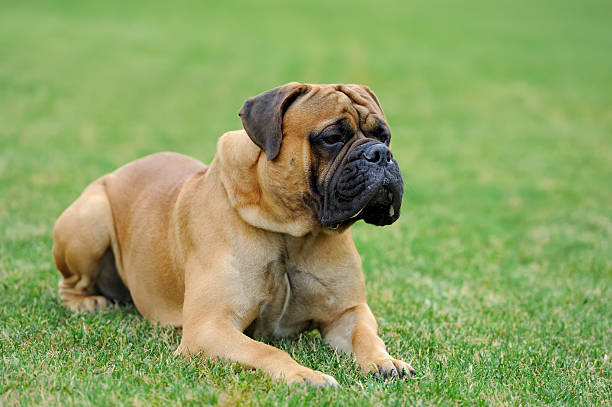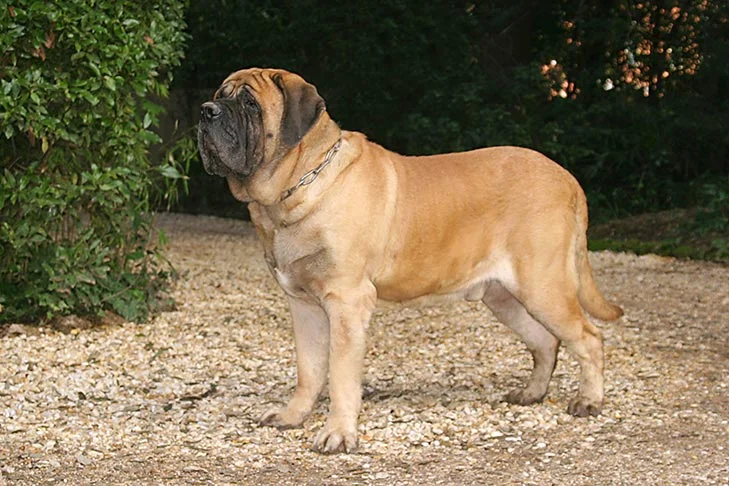The gigantic Mastiff is a member of a canine clan as old as civilization itself. The Mastiff, a large, heavy-boned dog of courage and great strength, is placid and dignified, but also a fierce protector of people they love. A face-to-face meeting with these black-masked giants can be disconcerting for the inexperienced. A male stands at least 30 inches tall and weighs more than a full-grown man. The deep and heavily muscled rectangular body is covered by a short double coat of fawn, apricot, or brindle stripes. The head is large and enormous, with a furrowed brow highlighting an alert, compassionate face. Mastiffs are gentle friends and guardians who respond well to careful training.
Mastiffs are fiercely loyal to their families, and their instinctive fear of outsiders necessitates early socialization and training. Mastiffs make wonderful pets, but getting a robust giant-breed dog is a big commitment.






 Health
Health Grooming
Grooming Exercise
Exercise Training
Training Nutrition
Nutrition